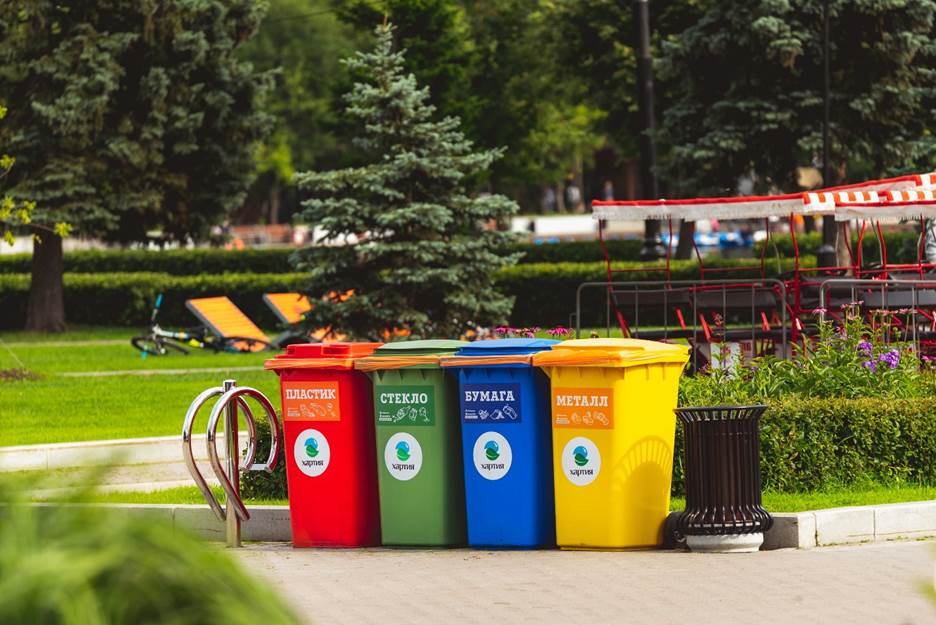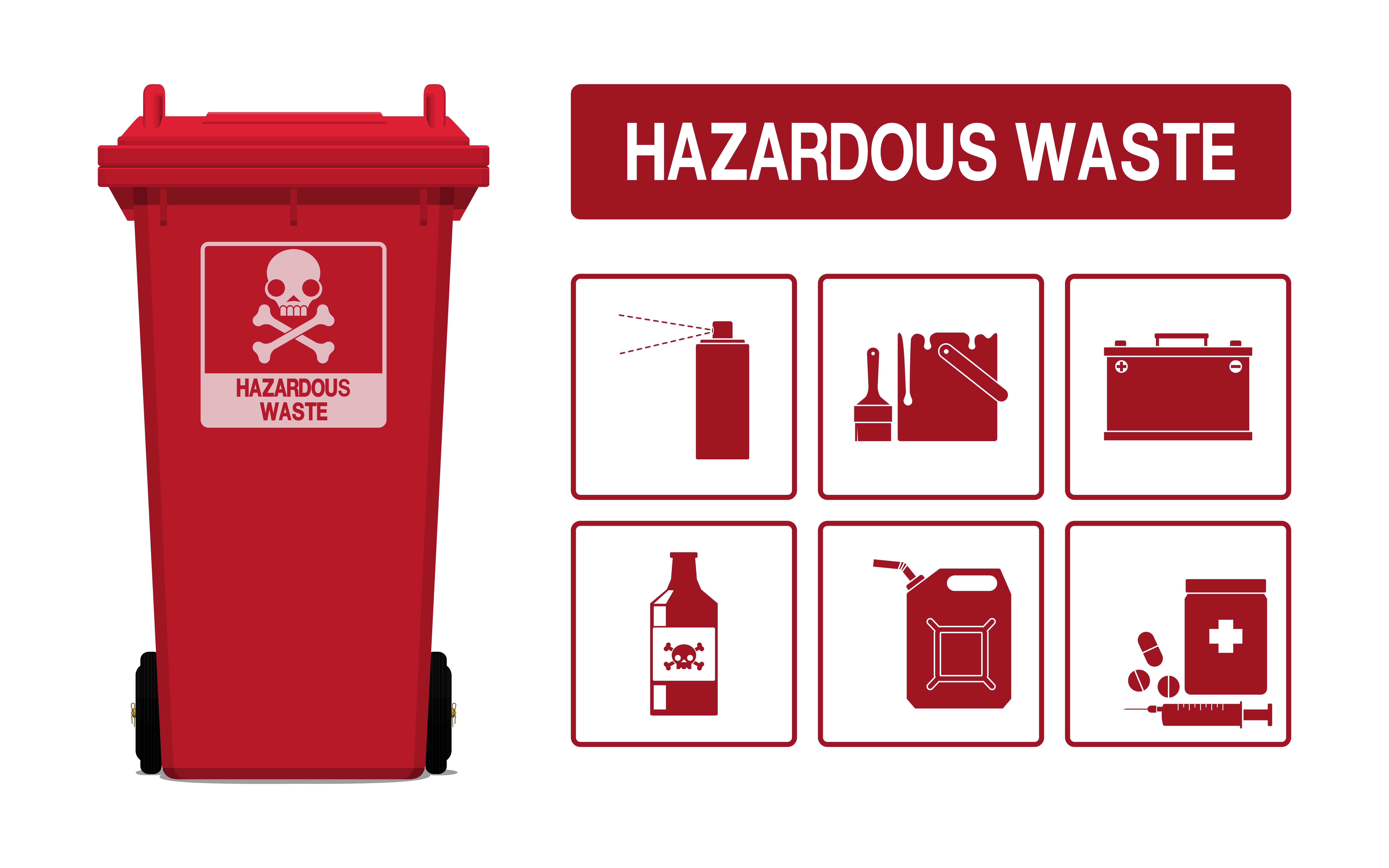Minimize Prices and Maximize Safety: Effective Medical Garbage Disposal Approaches
Effective clinical waste disposal strategies are critical for medical care centers to maximize and lessen expenses safety and security. By applying proper segregation and categorization, efficient product packaging and labeling, secure transport and handling, efficient therapy and disposal techniques, and compliance with regulatory standards, medical care facilities can make sure the risk-free and liable administration of clinical waste.

Correct Partition and Categorization
Correct segregation and categorization are essential components of effective medical waste disposal strategies, guaranteeing the safety and security of healthcare employees, the public, and the environment - medical waste removal services. medical waste disposal services with WasteX. By dividing various kinds of medical waste at the point of generation, medical care centers can lessen the danger of cross-contamination and prospective injury to ecosystems and individuals
One of the crucial consider proper segregation is the recognition and category of clinical waste. This includes categorizing waste right into various groups, such as infectious, hazardous, radioactive, or pharmaceutical waste. Each classification requires particular handling, storage space, and disposal methods to protect against any negative impacts on human wellness and the environment.
In addition, correct segregation also includes the usage of color-coded labels and containers to plainly determine and separate the numerous kinds of clinical waste. This helps medical care employees and waste management employees to conveniently identify and take care of the waste suitably. For instance, red containers might be made use of for transmittable waste, while yellow containers may be designated for contaminated materials.
Along with segregation, correct classification additionally includes the correct packaging and containment of medical waste. This ensures that waste is safely kept and delivered without presenting any kind of risks to individuals or the setting. Making use of leak-proof and puncture-resistant containers, in addition to correctly sealing and identifying them, assists to avoid any unintended exposure or launch of unsafe compounds.
Efficient Packaging and Labeling
Efficient packaging and labeling play a critical duty in making sure the risk-free and reliable disposal of clinical waste. Proper packaging is important to stop leak, breakage, or spillage during transportation and handling. It assists to reduce the threat of contamination and secures healthcare employees, waste administration workers, and the environment from possible threats.
Clinical waste must be packaged in leak-proof and sturdy containers that are resistant to penetrate and breakage. These containers ought to be correctly secured to stop any leakage. In addition, the packaging must have the ability to hold up against the problems of transport, including temperature variants and harsh handling.
Classifying is just as essential as it offers vital details regarding the materials of the waste and any potential risks linked with it. The tags should include the name of the healthcare facility, the type of waste, and any special delivery directions. Standard and clear labeling makes sure that waste monitoring workers can conveniently recognize and manage the waste properly.
Efficient packaging and labeling also aid in the appropriate partition and classification of clinical waste. Clear labeling permits very easy recognition of different waste streams, such as infectious waste, sharps, or pharmaceutical waste. This assists in enhancing the disposal procedure and ensuring that the waste is dealt with or disposed of based on regulative guidelines.
Safe Transport and Handling
Ensuring the secure transport and handling of medical waste is of utmost significance in order to protect against any potential wellness and ecological risks. Clinical waste, such as sharps, infected products, and pharmaceutical waste, have to be click here for more correctly packaged and taken care of to decrease the risk of exposure to dangerous substances and virus.
Transferring clinical waste calls for compliance with strict policies and guidelines established by neighborhood authorities and environmental companies. These regulations aim to protect the health and wellness of workers associated with waste management and prevent the release of hazardous materials into the setting.
To guarantee risk-free transport, clinical waste ought to be positioned in puncture-resistant and leak-proof containers that are correctly secured and classified. In addition, it is critical to make use of specialized cars outfitted with ideal safety and security attributes to move medical waste. medical waste disposal services with WasteX.
Taking care of clinical waste additionally needs appropriate training and adherence to security protocols. Employees included in the handling of clinical waste must wear proper individual protective devices (PPE) such as gowns, masks, and handwear covers to lessen the threat of direct exposure. They need to likewise comply with stringent health methods to avoid the spread of infections and make sure the secure disposal of waste.
Effective Therapy and Disposal Methods
Applying ideal therapy and disposal methods is critical in managing medical waste efficiently and lessening prospective wellness and ecological dangers. Clinical waste, that includes sharps, contagious products, chemicals, and drugs, can posture significant hazards otherwise handled and gotten rid of correctly. There are a number of therapy and disposal approaches readily available that abide by governing standards and promote safe practices.
One common technique is incineration, which entails melting the waste at high temperature levels. Incineration works in destroying microorganisms and minimizing the quantity of waste, yet it can launch unsafe contaminants right into the air otherwise appropriately regulated. It is crucial to use contemporary incinerators geared up with emission control technologies.
Another approach is autoclaving, which makes use of vapor and stress to decontaminate the waste. Autoclaving is reliable in eliminating microorganisms and decreasing the volume of waste, but it calls for mindful tracking and maintenance to ensure proper functioning. The decontaminated waste can after that be safely dealt with in a landfill.
Chemical therapy is an additional choice, which involves making use of anti-bacterials or other chemicals to reduce the effects of pathogens. This approach is frequently used for fluid waste, such as lab specimens. Nonetheless, it is essential to use proper chemicals and comply with correct treatments to ensure reliable treatment and protect against environmental contamination.

Conformity With Regulatory Standards
Adhering to governing guidelines is necessary in guaranteeing correct compliance with click now medical garbage disposal practices. These standards are established to shield public health and wellness, protect against environmental contamination, and preserve office safety. Conformity with governing guidelines is vital for medical care facilities, as non-compliance can cause penalties, fines, and reputational damages.
Governing guidelines describe the appropriate handling, storage space, transport, and disposal of medical waste. They offer certain instructions on packaging demands, labeling, and record-keeping. These standards additionally address the segregation of different waste streams, such as sharps, contagious waste, and pharmaceutical waste. Medical care centers must guarantee that their waste administration methods straighten with these guidelines to reduce the danger of direct exposure to hazardous products and prevent the spread of infections.
To keep conformity, medical care centers need to develop extensive waste administration programs that include personnel training, regular audits, and ongoing monitoring. It is vital to keep updated with any updates or changes to governing standards, as methods may advance with time. By remaining informed and implementing proper methods, health care facilities can decrease the potential for governing infractions and safeguard the health and wellness of their staff, people, and the bordering community.
Conclusion
In verdict, carrying out effective clinical garbage disposal techniques is vital for optimizing and reducing prices security. Proper partition and categorization, reliable packaging and labeling, secure transport and handling, and efficient therapy and disposal techniques are crucial her response steps to ensure compliance with governing guidelines. medical waste removal. By sticking to these strategies, health care centers can safeguard the setting and public health while additionally reducing monetary burdens connected with clinical waste management
By executing correct segregation and categorization, effective product packaging and labeling, safe transportation and handling, efficient therapy and disposal methods, and compliance with governing standards, healthcare facilities can make sure the safe and accountable management of medical waste. Red containers might be made use of for transmittable waste, while yellow containers may be designated for harmful waste.
Standard and clear labeling guarantees that waste administration employees can conveniently identify and handle the waste appropriately. (medical waste disposal services with WasteX)
Clear labeling allows for very easy recognition of different waste streams, such as infectious waste, sharps, or pharmaceutical waste. These standards additionally attend to the segregation of various waste streams, such as sharps, contagious waste, and pharmaceutical waste.